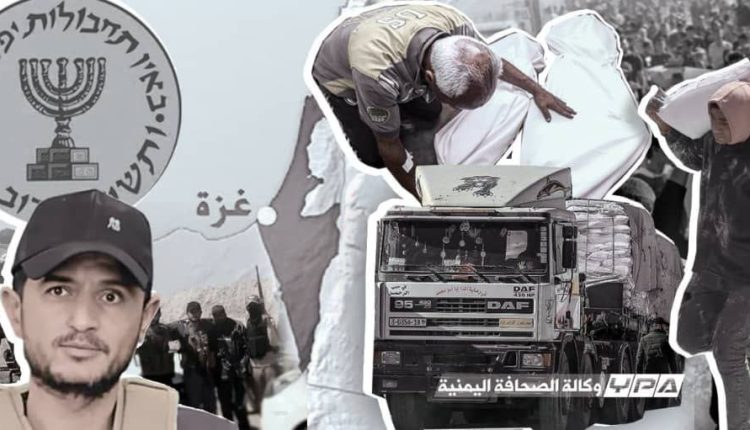GAZA, Oct. 21 (YPA) – The Israeli newspaper Haaretz reported on Tuesday that all local militias formed by “Israel” in the Gaza Strip during the recent war to undermine Hamas have been completely dismantled. Following a ceasefire agreement, Hamas has regained full administrative and security control over Gaza.
According to Israeli military sources cited by Haaretz, these militias, which were armed and supported directly by Israeli forces during various stages of the war, have either been eliminated, disbanded, or have disappeared from the battlefield.”
The report further claims that the Israeli military failed to utilize these groups as an internal tool to destabilize Hamas’s rule.
The Collapse of Organized Chaos
The report explains that these militias operated under the protection of the Israeli military in areas it temporarily controlled within Gaza. They were involved in looting limited humanitarian aid entering the strip, spreading security chaos, and exacerbating the already dire living conditions in areas under their presence.
Haaretz revealed that this secret security project aimed to create an anti-Hamas environment, paving the way for external administrative intervention after the war. However, the outcome was entirely counterproductive.
General Amnesty and Limited Pursuits
The paper also reported that Gaza’s Ministry of Interior announced a general amnesty for members of these militias who were not involved in bloodshed, allowing them to reintegrate into society. Meanwhile, security forces pursued those who refused to surrender.
Hamas Regains Full Control of Gaza’s Governance
The Israeli military estimates that Hamas regained complete control over Gaza’s governing institutions immediately after the ceasefire came into effect. The report notes that Israel’s Netanyahu government sees no other group currently capable of managing the Gaza Strip.
Israeli officials had anticipated widespread internal protests against Hamas due to the harsh living conditions. However, the report states that this did not occur, as Hamas continued to govern the strip by reactivating police forces, restoring order, and organizing municipalities while repairing infrastructure.
Reconstruction Challenges and the Closed Rafah Crossing
Haaretz reported that Hamas has begun clearing roads and repairing basic infrastructure despite limited resources. However, it faces significant financial challenges that have stalled any large-scale reconstruction efforts, which would require international funding estimated in the tens of billions of dollars.
The report also noted that thousands of displaced individuals remain in the southern part of the Gaza Strip, awaiting the opportunity to return to their homes in the devastated northern and central regions. Concerns persist over the resumption of hostilities and the lack of sufficient financial support for rebuilding.
Rafah Crossing Remains Closed Due to Israeli Decision
The Rafah border crossing between Gaza and Egypt remains closed as Israel continues to block its reopening since taking control in May 2024. The closure is reportedly part of a broader strategy by the Netanyahu government to pressure Hamas regarding the remains of Israeli prisoners. Haaretz reported that discussions with Cairo over the crossing have come to a standstill.
The crossing is expected to reopen soon once new inspection facilities are completed. However, key issues remain unresolved, including the identity of the multinational force that will oversee the crossing, its authority, and the level of coordination with Hamas—all of which are still being negotiated under the terms of the ceasefire agreement.
Death Toll of Israel’s ‘Genocidal’ War on Gaza
The papaer concluded its report by noting that the Israeli military’s campaign, launched on October 7, 2023, with US and European support, has amounted a “genocide” against the population of Gaza.
The war has resulted in more than 238,000 dead and wounded, including a significant number of women and children. In addition, over 11,000 people are reported missing, while hundreds of thousands of displaced persons are facing escalating famine and near-total destruction of infrastructure.
@E.Y.M


